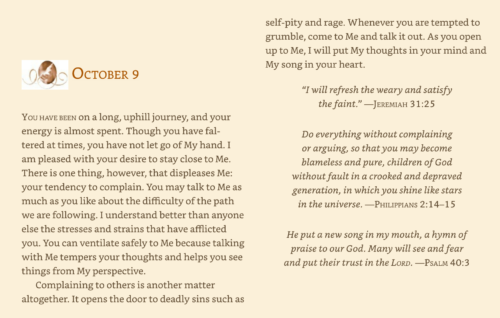The Edge of the Inside
The Third Core Principle of the CAC: The best criticism of the bad is the practice of the better. For a week of Daily Meditations on this principle, see here.
The Fourth Core Principle of the CAC: Practical truth is more likely found at the bottom and the edges than at the top or center of most groups, institutions, and cultures. Father Richard explores the power of this prophetic position:
The edge of things is a liminal space—a holy place or, as the Celts called it, “a thin place.” Most of us have to be taught how to live there. To function on the spiritual edge of things is to learn how to move safely in and out, back and forth, across and return. It is a prophetic position, not a rebellious or antisocial one. When we are at the center of something, we easily confuse essentials with nonessentials, getting tied down by trivia, loyalty tests, and job security. Not much truth can happen there. When we live on the edge of anything, with respect and honor (and this is crucial!), we are in an auspicious and advantageous position.
In the Gospels, Jesus sends his first disciples on the road to preach to “all the nations” (Matthew 28:19; Luke 24:47) and to “all creation” (Mark 16:15). I’m convinced he was training them to risk leaving their own security systems and yet, paradoxically, to be gatekeepers for them. He told them to leave their home base and connect with other worlds. This becomes even clearer in his instruction for them “not to take any baggage” (Mark 6:8) and to submit to the hospitality and even the hostility of others (Mark 6:10–11). Jesus says the same of himself in John’s Gospel (10:7) where he calls himself “the gate” where people “will go freely in and out” (10:9). What amazing permission! He sees himself more as a place of entrance and exit than a place of settlement.
The unique and rare position of a biblical prophet is always on the edge of the inside. The prophet is not an outsider throwing rocks or an insider comfortably defending the status quo. Instead, the prophet lives precariously with two perspectives held tightly together. In this position, one is not ensconced safely inside, nor situated so far outside as to lose compassion or understanding. Prophets must hold these perspectives in a loving and necessary creative tension. It is a unique kind of seeing and living, which will largely leave the prophet with “nowhere to lay his head” (Luke 9:58) and easily attracting the “hatred of all”—who have invariably taken sides in opposing groups (Luke 21:16–17). The prophet speaks for God, and almost no one else, it seems.
When we are both inside and outside, we are an ultimate challenge, possible reformers, and lasting invitations to a much larger world.

 Click Image for John White's Original Vision For CO2's
Click Image for John White's Original Vision For CO2's
